Ha Long Bay - A wonder of the earth standing in the sky
Compared by Nguyen Trai to " a wonder of the earth built in the sky ", Ha Long Bay was twice listed as a UNESCO World Natural Heritage for its outstanding global aesthetic landscape value in 1994, and expanded for its geological and geomorphological value in 2000. In September 2023, Ha Long Bay was once again recognized by UNESCO as a World Natural Heritage by adjusting the boundary to Cat Ba archipelago (Cat Hai district, Hai Phong city), and became the first inter-provincial and inter-city World Heritage in Vietnam.
It is the beautiful natural landscape, along with the special cultural, historical and biodiversity values that have helped Ha Long Bay to be recognized and honored. Of course, the journey to each honor is a long process with many difficulties, but it is also a journey of glory and pride for Quang Ninh in particular and Vietnam in general.


Going back 30 years, realizing the global value of Ha Long Bay, and wishing to be recognized and honored by the world, on December 21, 1991, the Vietnamese Government allowed the construction of a Ha Long Bay dossier to be submitted to the World Heritage Council for approval. This was an important first step to affirm the stature and value of Ha Long Bay on an international scale.
To build the dossier, the Ha Long Bay Management Board coordinated with domestic and foreign agencies, units and experts to carry out a series of tasks such as: investigating, researching, collecting, synthesizing and compiling scientific information about Ha Long Bay; planning for the conservation and sustainable development of Ha Long Bay; designing and printing the dossier according to UNESCO's requirements. This amount of work was carried out continuously for 2 years (1991-1993). In 1993, Vietnam officially submitted the dossier to UNESCO.
After receiving the Ha Long Bay dossier, UNESCO sent many expert delegations to Quang Ninh to survey, guide, research, and appraise the dossier on the spot. The experts also made many recommendations to help Vietnam further complete the dossier. And they all had positive comments, affirming the global value of Ha Long Bay.
Based on the scientific dossier on Ha Long Bay compiled by the Ministry of Culture and Information, the People's Committee of Quang Ninh Province and the Vietnam National Commission for UNESCO since 1992 and the evaluation opinions of international professional organizations, on December 17, 1994, at 5:17 p.m., at the famous Le Meridien Hotel in the coastal city of Phuket (Thailand), during the 18th Session, the World Heritage Council recognized Ha Long Bay as a World Natural Heritage with outstanding global aesthetic value of the International Convention on the Protection of the World's Natural and Cultural Heritage, with 100% of the Council members voting in favor.

Ceremony to receive the first World Natural Heritage certificate in 1994. (Photo: halongbay.com.vn)
Accordingly, to be recognized as a World Natural Heritage for aesthetic value, Ha Long Bay has met UNESCO criterion (vii), which is: Representing natural phenomena or areas that are unique or outstanding in terms of aesthetics or performance; Including natural or supernatural areas that are unique or outstanding in terms of aesthetics or performance; Including areas that are unique or outstanding in terms of aesthetics or performance due to related geological or biological processes.
As a UNESCO World Heritage Site of aesthetic value, Ha Long Bay is famous for its unique and mysterious landscape of thousands of limestone islands forming overlapping and vivid scenes. There are also majestic caves, containing diverse and beautiful stalactites. Not only does it have a rich and diverse ecosystem, with many rare and endemic species of flora and fauna, Ha Long Bay is also a place that records the legends, history and culture of the Vietnamese people, creating a natural heritage with high cultural value.
The event of Ha Long Bay being recognized as a World Heritage Site at the 18th Session of the World Heritage Council on December 17, 1994 raised the value of this heritage, placing it in global relations. This is not only an event of great cultural significance but also has long-term political and economic significance for the development of the country.
This is an event of great significance to the whole country, because after the Ancient Capital of Hue (recognized as a World Cultural Heritage at the 17th Session of the World Heritage Council held exactly 1 year before, in December 1993), this time, Ha Long Bay is the second place in our country to be listed as a World Heritage and is the first World Natural Heritage of Vietnam.
The Vietnam National Commission for UNESCO in its Submission to the Prime Minister dated December 27, 1994 stated: The event of Ha Long Bay being recognized as a World Heritage Site at the 18th Session of the World Heritage Council on December 17, 1994 “ has raised the stature and value of this heritage, placing it in global relations. This is not only an event of great cultural significance but also has long-term political and economic significance for the country's development… ”.




After being recognized as a World Natural Heritage for its aesthetic value, the Ha Long Bay Management Board has continuously researched and exploited other values of Ha Long Bay.
According to Mr. Nguyen Van Tuan, former Head of Ha Long Bay Management Board, in a meeting, Dr. Hans Friederich, Chief Representative of the International Union for Conservation of Nature (IUCN) in Vietnam in 1999 shared: " There is no karst limestone area in the world as large and majestic as this one. It is completely worthy of being recognized as a world heritage site in terms of geology and geomorphology ."
Recognizing the outstanding global geological and geomorphological value of Ha Long Bay, the Ha Long Bay Management Board wishes to be recognized by UNESCO for this additional criterion. In response to this important task, the Ha Long Bay Management Board needs to focus on clarifying the fundamental values of Ha Long Bay in terms of aesthetic landscape, geomorphology, cultural history and biodiversity, especially geomorphology. Previously, there had been many research projects but they were small and not uniform.
And a series of tasks such as investigating, researching, collecting, synthesizing, and compiling scientific information about Ha Long Bay from a new perspective; supplementing and editing the dossier according to UNESCO's requirements were carried out meticulously and carefully based on the experience of making the dossier the first time. The work was promoted since 1998. To strengthen the dossier, the Ha Long Bay Management Board proposed that UNESCO support a small project to invite international and domestic experts to Ha Long to survey, research, and make scientific assessments.
To be recognized as a World Natural Heritage for its geological and geomorphological values, Ha Long Bay must meet UNESCO's criteria, which are: Representing important stages in the history of the Earth, including traces of life; Representing current or present geological processes; Representing exceptional or unique geological and geomorphological forms; Representing outstanding examples of ongoing geological processes in ecosystems and biological communities.
After conducting a survey of Ha Long Bay as requested, Professor Tony Waltham (Royal Trent University of Nottingham, UK) sent a report assessing the geology and geomorphology of Ha Long Bay to the People's Committee of Quang Ninh province, the Ha Long Bay Management Board, the UNESCO and IUCN Offices in Hanoi and to the World Heritage Center in Paris, in which he wrote: " There is nothing more to say, we can affirm that Ha Long Bay is a Karst landscape of global significance with a fundamental foundation of geological science ... Along with the landscape value, the geological value of Ha Long needs to be preserved for the benefit of mankind ."

There is nothing more to say, we can affirm that Ha Long Bay is a Karst landscape of global significance with a fundamental foundation of geological science... Along with the landscape value, the geological value of Ha Long needs to be preserved for the benefit of mankind.
---
Receiving the report of Professor Tony Waltham, on February 25, 1999, the World Heritage Center in Paris sent a letter to the People's Committee of Quang Ninh Province, the Vietnam National Commission for UNESCO and the Ha Long Bay Management Board requesting to expedite the preparation of a dossier to submit to UNESCO for recognition of the exceptional global value of the Karst geology of Ha Long Bay. And the dossier was sent to UNESCO in 1999.
Ha Long Bay has been recognized by UNESCO as a World Heritage Site for its geological and geomorphological value due to the development of karst limestone formations over billions of years. These limestone formations are the result of tectonics, deformation, uplift, erosion, decomposition and sea surface changes of the Earth. Ha Long Bay is also one of the areas with sea surface changes throughout the evolution of the Earth, from the Cretaceous period to the present. Therefore, Ha Long Bay is a living proof of global climate change. Ha Long Bay also has the intersection of geological and biological processes, creating a rich and diverse ecosystem.
---
At the 23rd Conference of the World Heritage Committee held in Marakesh, Morocco in early December 1999, the World Heritage Committee officially confirmed the Dossier of Ha Long Bay, included it in the dossier appraisal program and recognized the geological value of Ha Long Bay in 2000.
As planned, in March 2000, Professor Elery Hamilton Smith, an Australian expert and member of the International Union for Conservation of Nature (IUCN), was sent to Ha Long to assess the authenticity of the records, geological value, as well as assess the management status and make recommendations.

Ceremony to receive the certificate recognizing Ha Long Bay as a World Natural Heritage for the second time. (Photo: halongbay.com.vn)
The appraisal report of Professor Elery Hamilton Smith stated: “ This is a nomination for Ha Long Bay to be recognized as a world heritage site according to criterion (i), which is an area with special ongoing geological processes and outstanding geomorphological features, and according to criterion (iii), this is an area with exceptional natural landscape and special aesthetic value ”.
In July 2000, the mid-year meeting of the World Heritage Center Office in Paris officially proposed that the World Heritage Committee recognize Ha Long Bay as a World Natural Heritage for its outstanding geological and geomorphological values.
On December 2, 2000, at the 24th Conference of the World Heritage Committee held in Cairns, Australia, after listening to the presentation of the World Heritage Center and the assessment of IUCN, the World Heritage Committee officially resolved to recognize Ha Long Bay as a World Natural Heritage for the second time according to criterion (i) of the International Convention on World Heritage.

BAY

Down

LONG





Ha Long Bay is one of the most famous heritage sites in the world. As early as 1993, when evaluating the nomination dossier for Ha Long Bay, the International Union for Conservation of Nature (IUCN) recommended: “… It is necessary to add to this area the rocky islands adjacent to Cat Ba Island, which are part of the National Park but are found in the border area of Hai Phong ”.
The expansion of the Ha Long Bay World Natural Heritage Site to include the Cat Ba Archipelago will enhance the inherent value of the heritage, demonstrated through the harmony of landscape, geology, geomorphology, ecosystems and diversity of flora and fauna. The outstanding global values of the area are determined to include physical and biological formations, geological and geographical formations and habitats for threatened flora and fauna from aesthetic, scientific and conservation perspectives.
As recommended, in 2013, the nomination dossier for the Cat Ba Archipelago as a World Natural Heritage according to the criteria of biodiversity and ecosystems (criteria ix and x) was sent to the World Heritage Centre. After the assessment process, IUCN drafted Decision No. WHC-14/38.COM/INF.8B for the World Heritage Committee to adopt at its 38th Session in Qatar in 2014, in which it recommended: “The State Party considers the possibility of proposing an extension to Ha Long Bay, according to criteria (vii) and (viii) and possibly criterion (x), to include the Cat Ba Archipelago”.
Since then, the implementation of conservation activities and research to nominate Ha Long Bay - Cat Ba Archipelago as a world heritage site has continued to be promoted.
In September 2016, based on proposals from localities and advice from the Ministry of Culture, Sports and Tourism, the Prime Minister agreed to allow Hai Phong City to preside over and coordinate with Quang Ninh Province to develop a dossier to expand Ha Long Bay to Cat Ba Archipelago to submit to the Prime Minister for consideration and approval to UNESCO; at the same time, the Ministry of Culture, Sports and Tourism was assigned to guide Hai Phong City in developing a dossier for the World Natural Heritage of Ha Long Bay - Cat Ba Archipelago in accordance with the provisions of the law on cultural heritage and related regulations.
The process of building the dossier also encountered many difficulties, with recommendations and comments from UNESCO and IUCN. However, with the spirit and responsibility of the specialized agencies of the Ministry of Culture, Sports and Tourism, the determination of Hai Phong city, Quang Ninh province, and the Vietnam National Commission for UNESCO, in early 2021, the dossier of Ha Long Bay - Cat Ba Archipelago was edited and completed according to the recommendations and submitted to UNESCO.

The moment when the Chairman of the 45th Session of the World Heritage Committee, Abdulelad Al Tokhais, Saudi Arabia, rapped the gavel to approve the Ha Long Bay - Cat Ba Archipelago dossier at 5:39 p.m. on September 16, 2023 (local time). (Photo: bvhttdl.gov.vn)
During the working program at the 45th Session of the World Heritage Committee taking place in Riyadh, Saudi Arabia from September 10, 2023, the delegation of the Ministry of Culture, Sports and Tourism together with the Ambassador, Head of the Permanent Delegation of Vietnam to UNESCO in France and the two localities of Hai Phong and Quang Ninh worked with UNESCO's specialized agencies, the Director of the World Heritage Center, the Director General of ICOMOS, the Director of the IUCN World Heritage Program, the Head of the Nomination Department of the World Heritage Center, and 21 member countries of the World Heritage Committee to provide information, explain, clarify, express Vietnam's views and commitments in managing, protecting and promoting the values of heritage after being inscribed on the World Heritage List.
Thereby, international experts, scientists and member countries of the World Heritage Committee all highly appreciated the heritage value, and supported Ha Long Bay - Cat Ba Archipelago to become a World Natural Heritage.
On September 16, 2023, in Riyadh, Saudi Arabia, the 45th session of the UNESCO World Heritage Committee approved the nomination dossier, recognizing Ha Long Bay - Cat Ba archipelago as a World Natural Heritage. With the recognition by UNESCO, Ha Long Bay - Cat Ba archipelago becomes the first inter-provincial and municipal World Heritage Site in Vietnam.
At the 20th Anniversary of Ha Long Bay being recognized as a World Natural Heritage for the second time, Ms. Katherine Muller-Marin, Chief Representative of UNESCO in Vietnam, expressed: “ The beauty of Ha Long Bay is not only a symbol of successful efforts to preserve and promote this natural heritage throughout the country and the world, but also a perfect example of the unique ecosystem preserved here .”
She also affirmed: “ Ha Long Bay with countless limestone mountains, caves and cave arches, small islands rising from crystal clear water and a beautiful natural environment captivates all who come to Vietnam, bringing unforgettable experiences and memories.”
The recognition of Ha Long Bay - Cat Ba Archipelago as a World Natural Heritage not only creates the first unique inter-regional World Heritage in Vietnam, but also increases the value of this vast, majestic and beautiful heritage area. It can be said that being recognized by UNESCO as a World Natural Heritage up to 3 times is the clearest evidence of the outstanding global values of Ha Long Bay.
Ha Long Bay is a perfect example of a unique ecosystem , with countless limestone mountains, caves and grottoes, small islands rising from crystal clear waters and a stunning natural environment that captivates all who come to Vietnam, providing unforgettable experiences and memories.
---
Ms. Katherine Muller-Marin, UNESCO Representative in Vietnam


For nearly 30 years since it was first recognized as a World Natural Heritage, Quang Ninh has always identified Ha Long Bay as a treasure bestowed by nature, an important driving force for tourism development and transformation of the growth model in the economic structure. Therefore, the process of exploiting and promoting the value of heritage, the work of conservation and preservation has always been of interest to Quang Ninh province.
Ha Long Bay is not only famous for its magnificent beauty of the sea and islands, but also a giant geological museum, where important traces of the formation, movement and development of the earth's crust in this area are preserved. Over the years, Quang Ninh has implemented many effective measures to protect and ensure the integrity of Ha Long Bay according to the World Heritage Convention, UNESCO's sustainable development policies and Vietnamese laws.

Quang Ninh province commits and affirms that it will do its utmost to preserve intact, best maintain and promote effectively and sustainably the World Natural Wonder Heritage Ha Long Bay for future generations.

At the 20th Anniversary Ceremony of Ha Long Bay being honored, Ms. Vu Thi Thu Thuy, Vice Chairman of the Provincial People's Committee, affirmed: " Pride and honor are associated with responsibility towards the people of the whole country and the international community;... Quang Ninh Province commits and affirms that it will do its utmost to preserve intact, best preserve and promote effectively and sustainably the World Natural Wonder Heritage of Ha Long Bay for future generations ."
Along with regular investigation, research and clarification, as a basis for proposing management and protection solutions to prevent risks of encroachment on the Heritage..., Quang Ninh province has established a conservation area to preserve biodiversity values; zoned off forests on limestone mountains and mangrove forests to recognize them as special-use forests to protect the landscape and preserve rare genetic resources; relocated 354 households with nearly 2,000 people in 7 fishing villages to live in resettlement areas in 2014 with the goal of stabilizing the lives of fishermen and reducing environmental pressure on the bay; imposed standards on wastewater and waste at tourist boats, tourist attractions, and residential areas along the bay's shore...
In particular, since 2019, the movement "Ha Long Bay without plastic waste" has been launched and effectively implemented by the Bay Management Board and received active participation from businesses and people. The landscape and ecological environment of the Bay are managed in the direction of good control of waste sources; socio-economic activities are strictly managed and increasingly put into order,...
With efforts in managing, preserving and promoting the value of the Heritage, Ha Long Bay has become a bright spot on the tourism map of Vietnam and the region. In recent years, the Bay has always been present in the rankings and votes of attractive tourist destinations voted by many international organizations, media agencies and prestigious websites in the world (Top tourist area in Vietnam; Top destination in Vietnam, one of the 10 most impressive UNESCO heritages in Asia, one of the 10 most ideal tourist attractions in Southeast Asia, one of the 24 tourist destinations worth visiting in 2024...).
Ha Long Bay - Cat Ba Archipelago is a UNESCO World Heritage Site because it contains areas of natural beauty including vegetated limestone islands and limestone pinnacles rising above the sea, together with associated karst features such as domes and caves. The spectacular undisturbed landscape of vegetated islands, salt lakes, limestone pinnacles with steep cliffs rising above the sea.
With 1,133 limestone islands of various shapes and sizes, including 775 limestone islands in Ha Long Bay and 358 limestone islands in Cat Ba archipelago, covered with rich vegetation on the sparkling emerald water surface, Ha Long Bay - Cat Ba archipelago appears like a chessboard of precious stones, with peaceful mountains and rivers, and fine, pristine white sand beaches.
Ha Long Bay - Cat Ba archipelago is considered a geological museum, containing heritages with outstanding global values, witnessing the characteristic changes in the history of the earth's development with evidence being the presence of primeval forests, bays and islands.
An intact nature reserve, with a majestic karst limestone mountain system, a rich cave system, a special ecosystem combined with the sound of waves lapping for millions of years has been carving out a unique geomorphological terrain here, all blending with the rhythm of life of the people imbued with a sea culture, seemingly creating a vivid and unique picture between nature and people, making the name of a World Natural Heritage Ha Long Bay affirmed over the past 30 years and many years to come.
Source: https://nhandan.vn/special/30-nam-mot-chang-duong-di-san-Vinh-Ha-Long/index.html



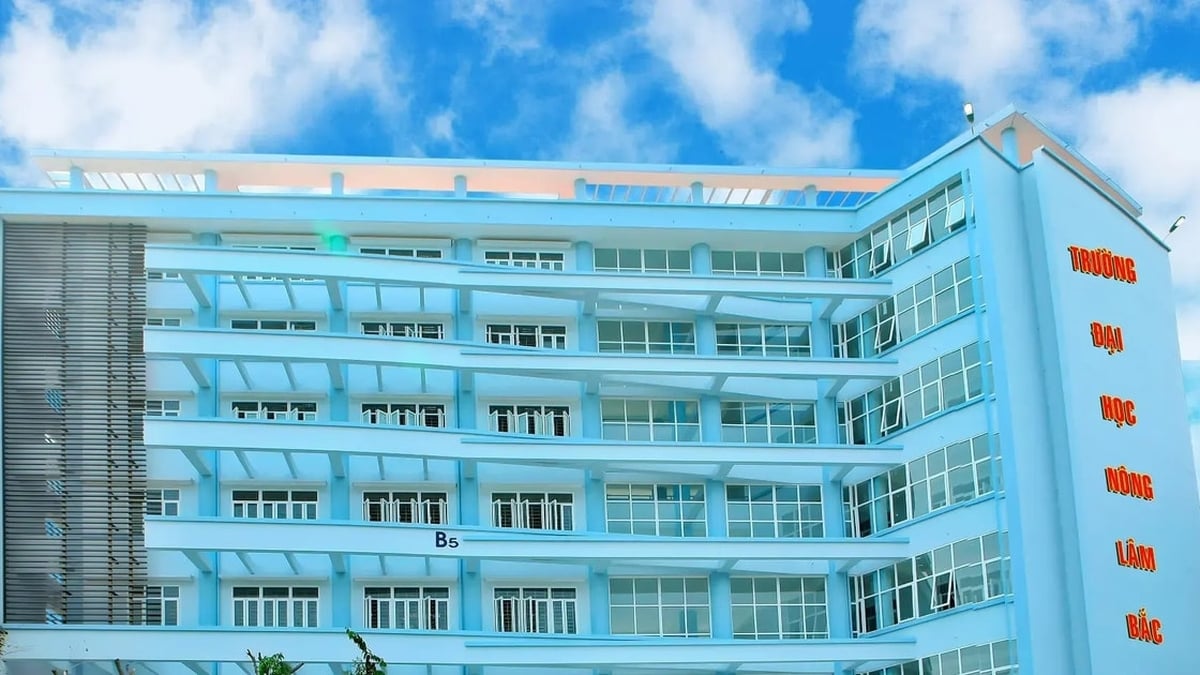
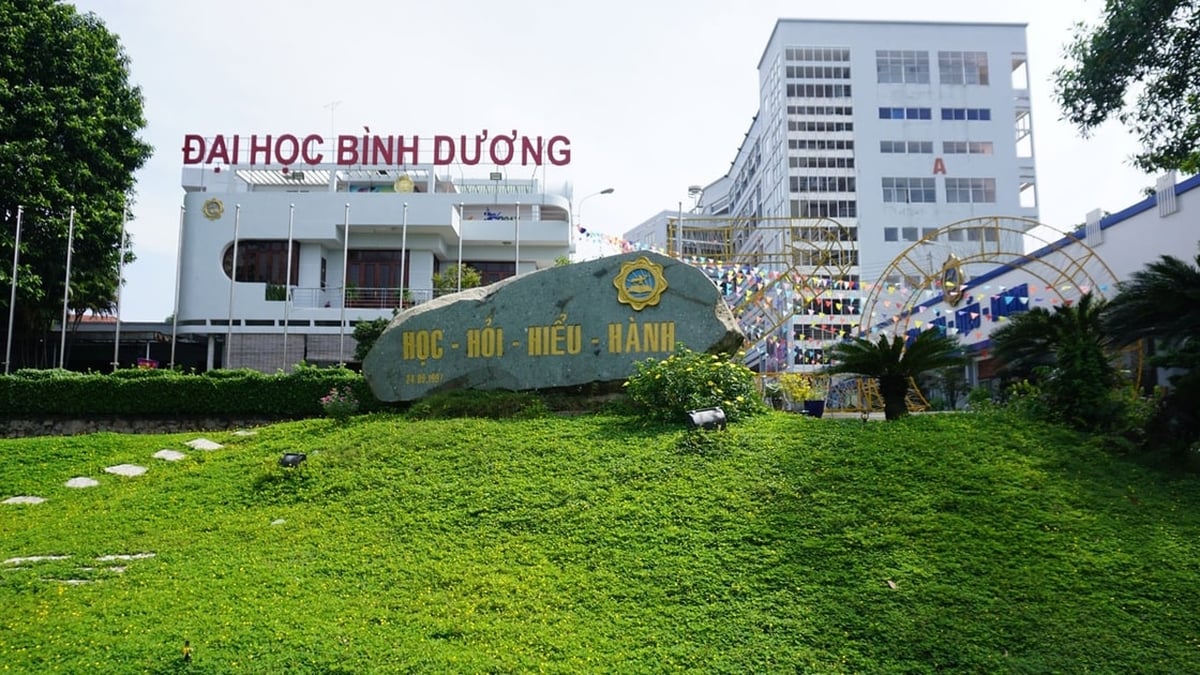
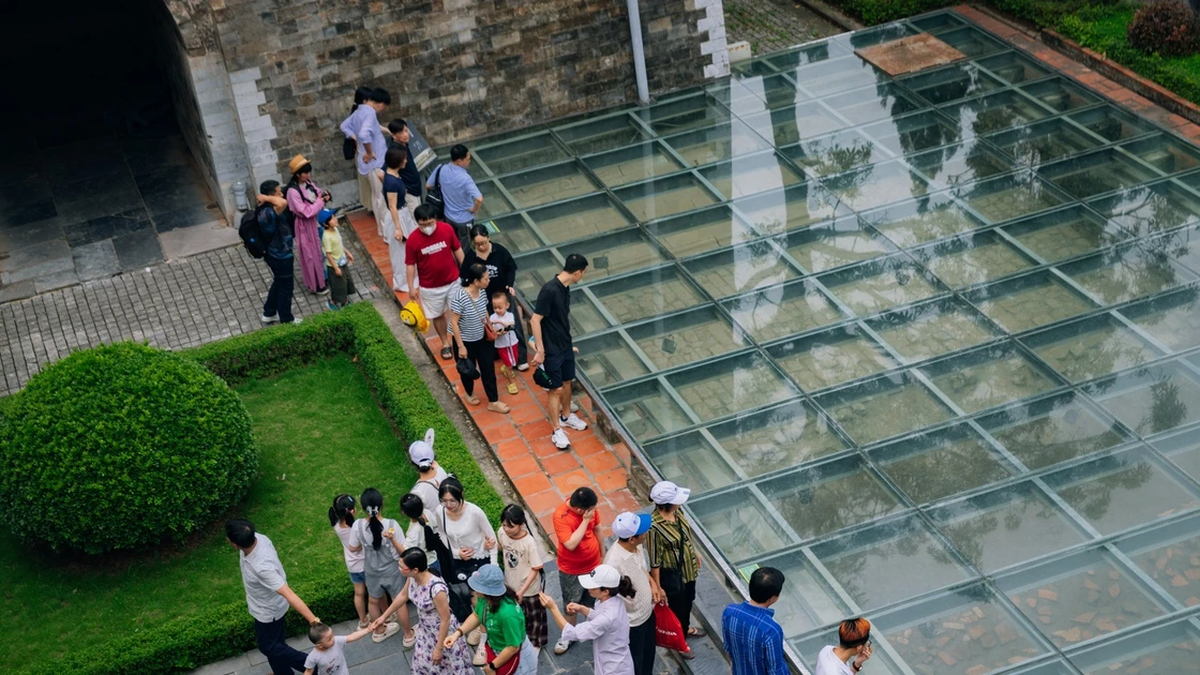
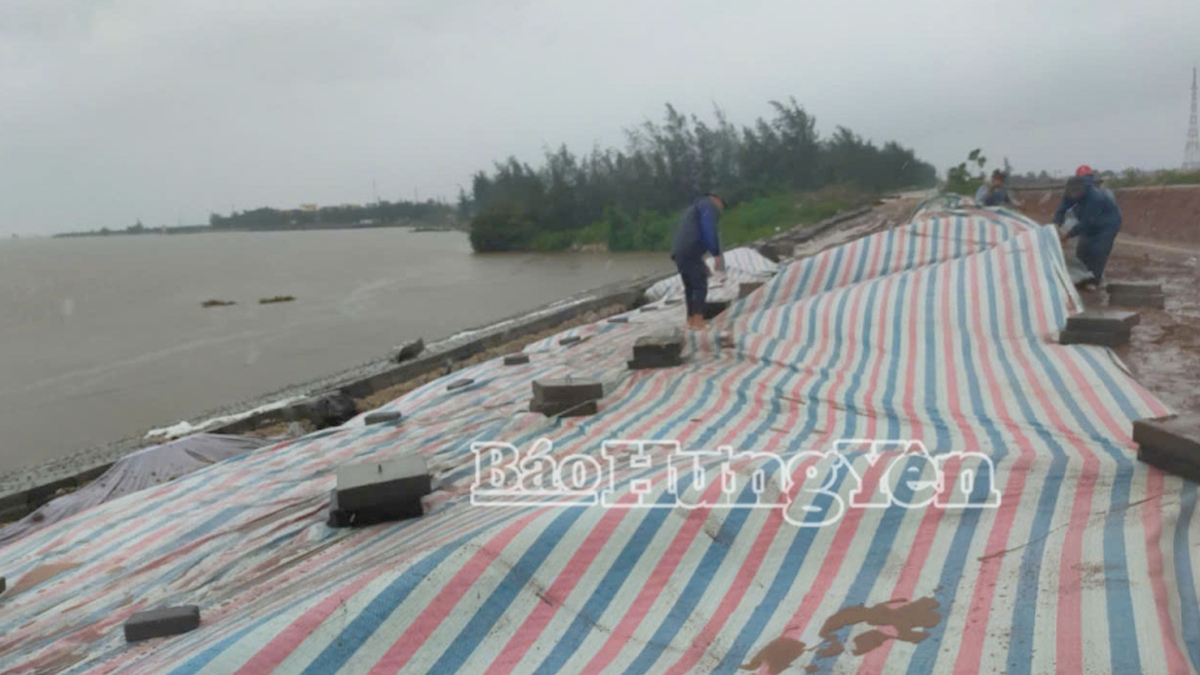
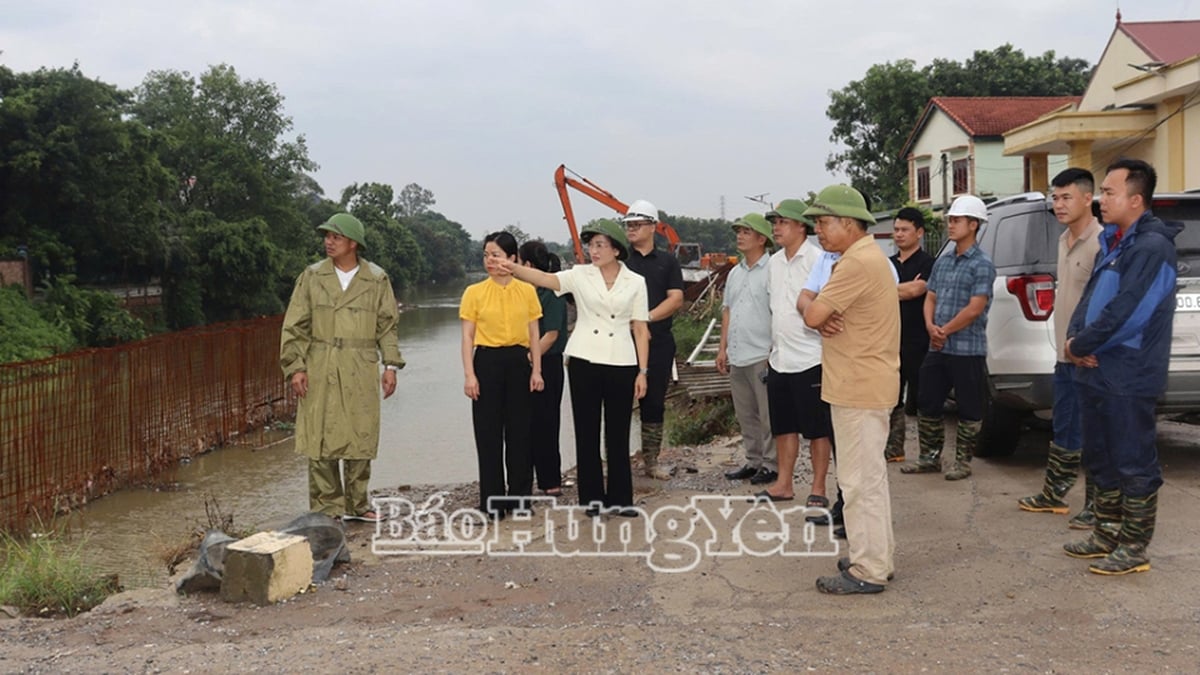
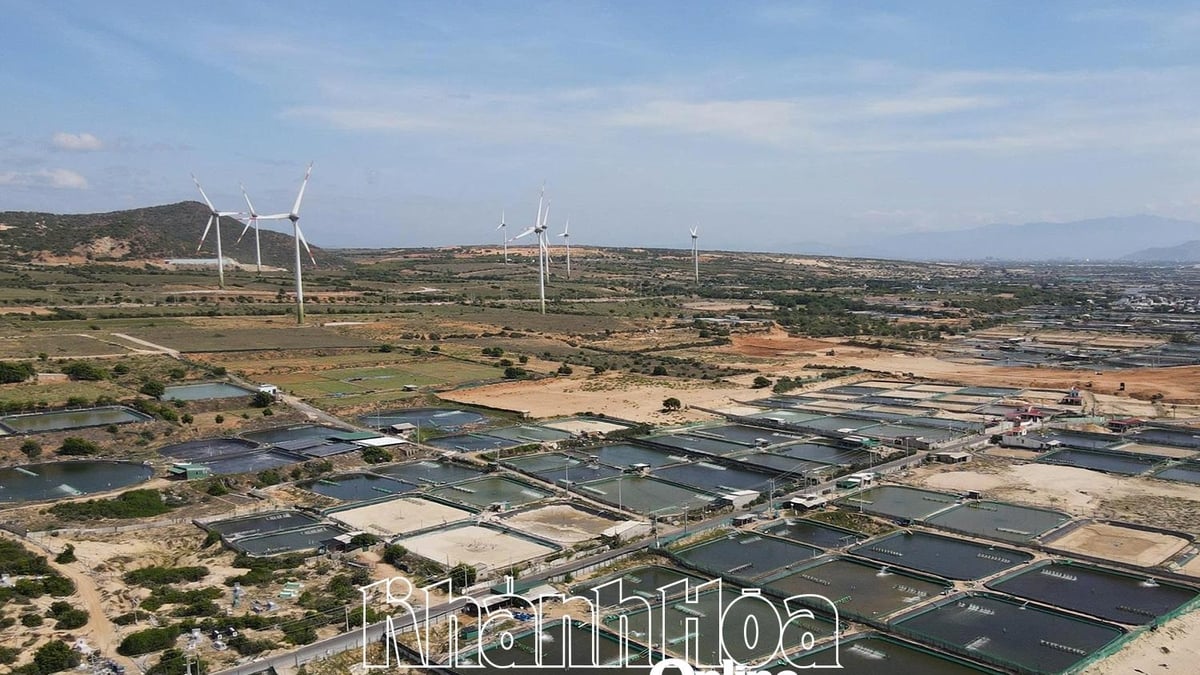


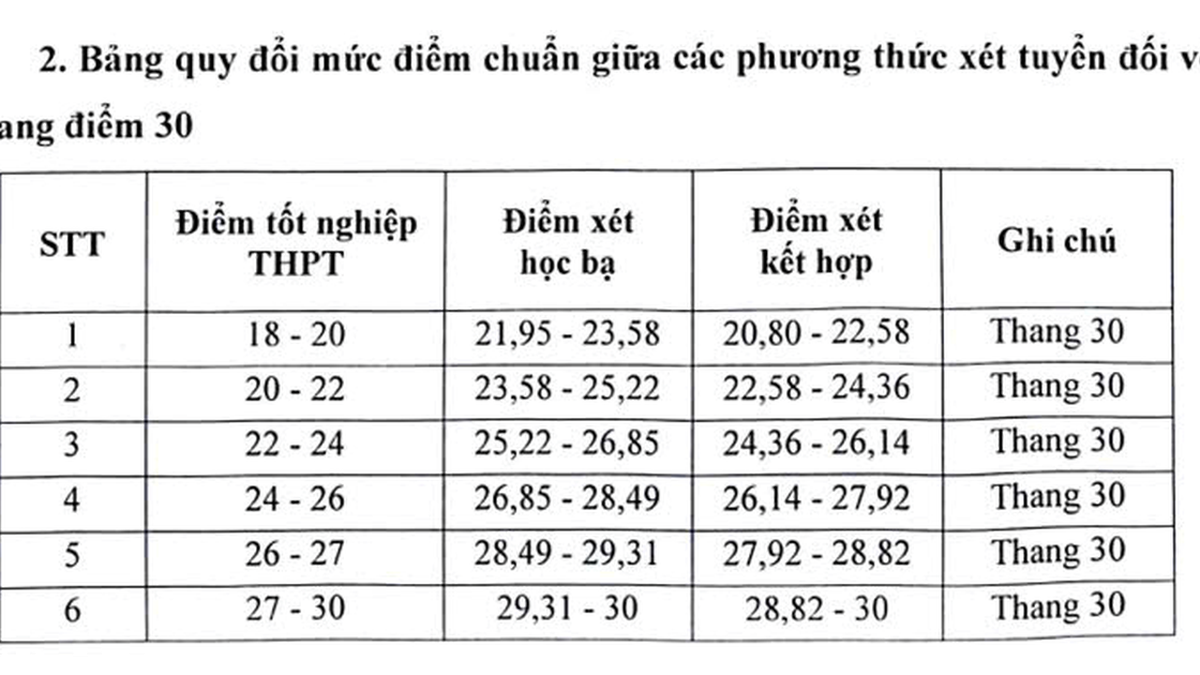



















![[Photo] National Assembly Chairman Tran Thanh Man visits Vietnamese Heroic Mother Ta Thi Tran](https://vphoto.vietnam.vn/thumb/1200x675/vietnam/resource/IMAGE/2025/7/20/765c0bd057dd44ad83ab89fe0255b783)


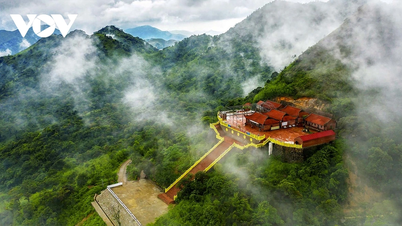



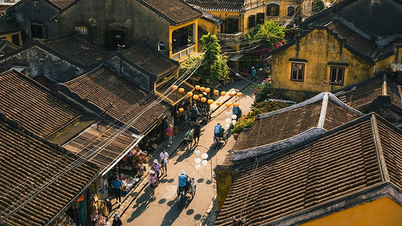


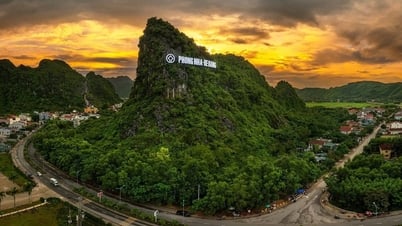









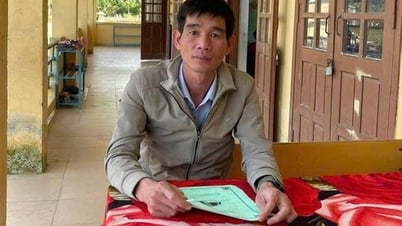




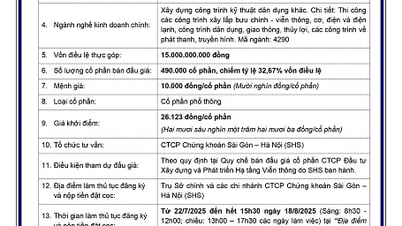




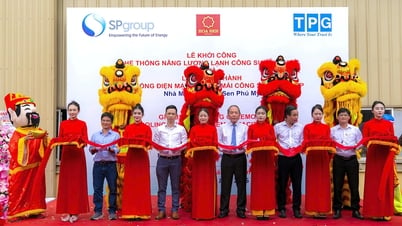


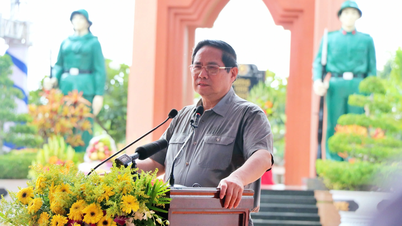
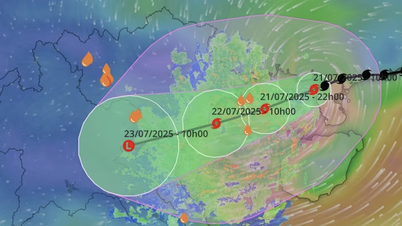

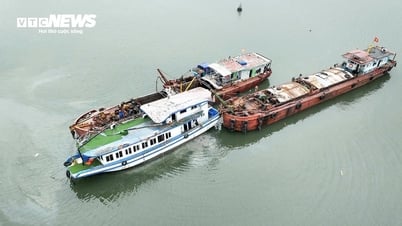


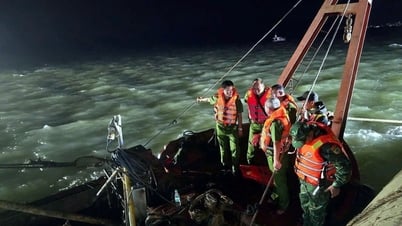
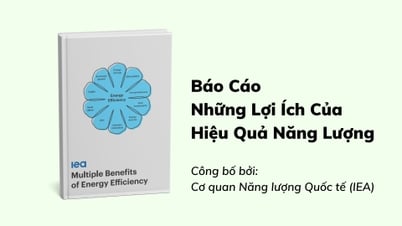



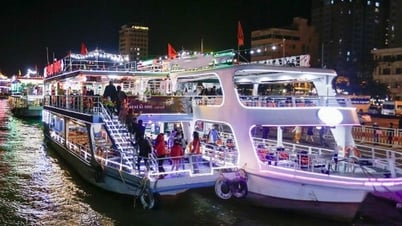

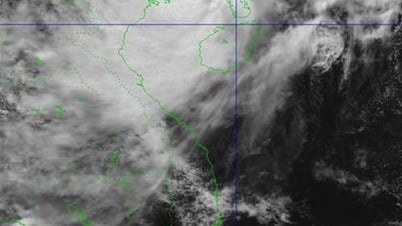

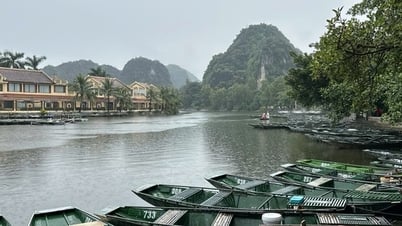

















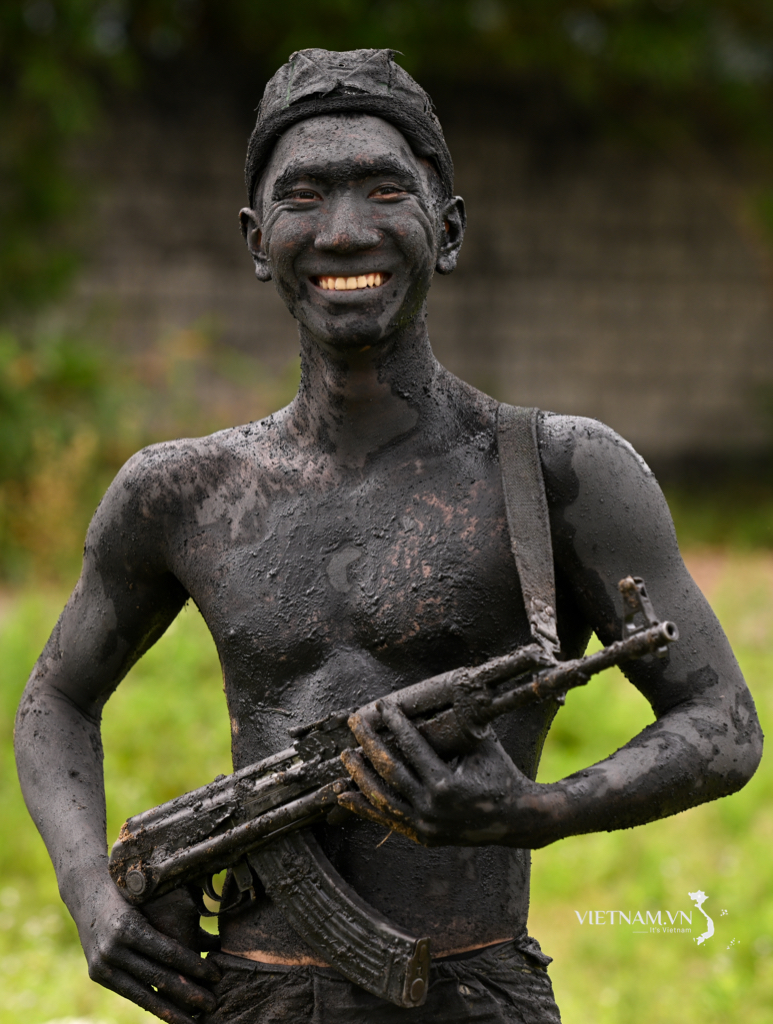
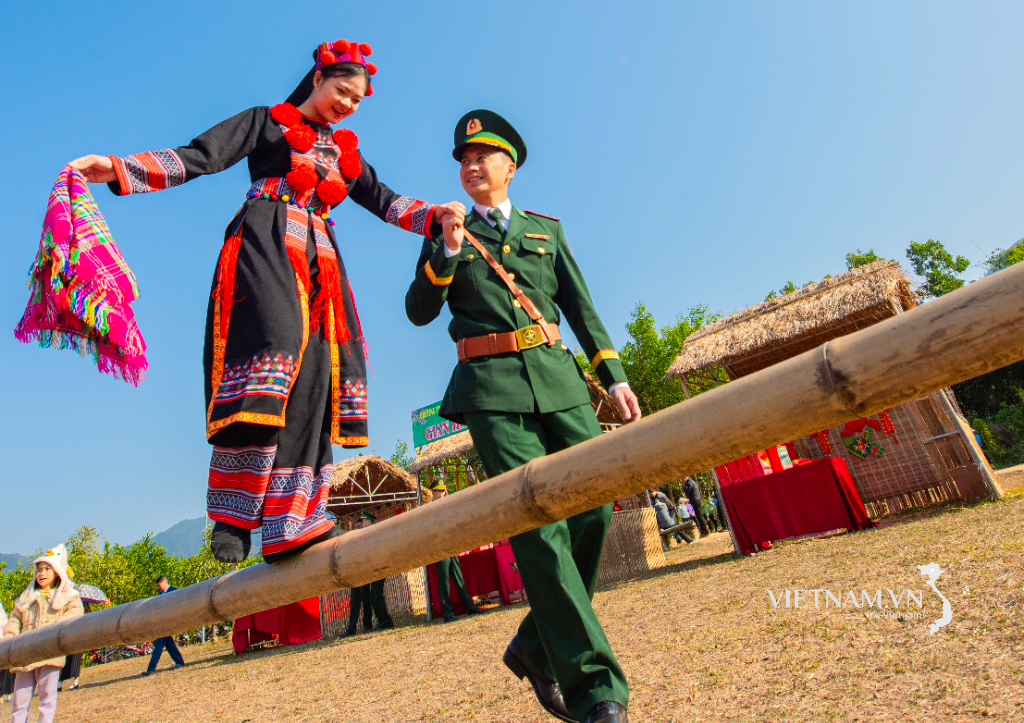
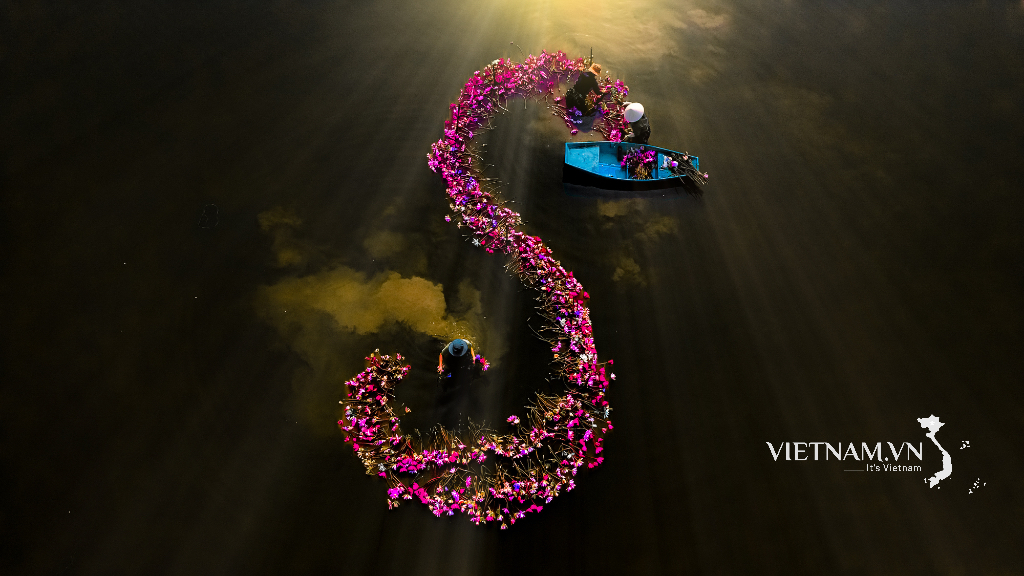

Comment (0)